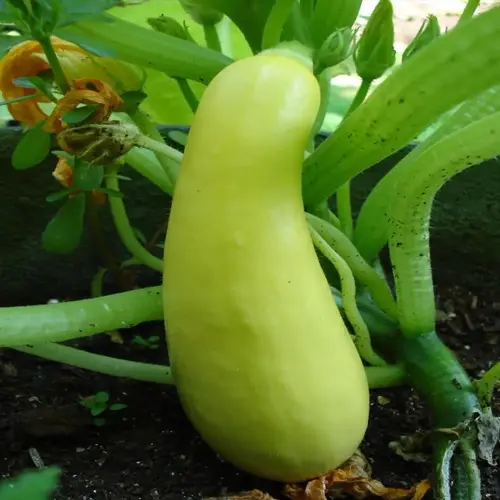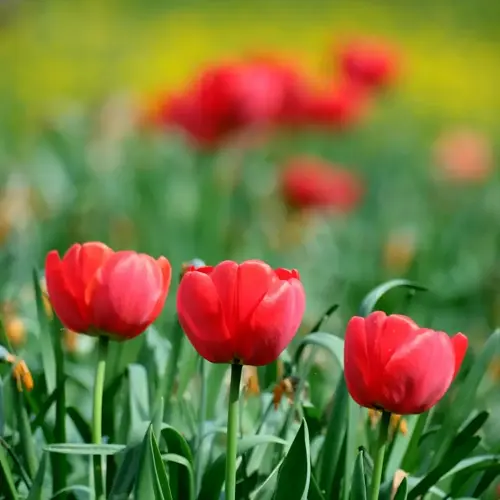Do perennials need special planting timing?

Written by
Michael Sullivan
Reviewed by
Prof. Samuel Fitzgerald, Ph.D.Perennials require careful timing of when to plant for proper establishment. I learned this the hard way when my July-planted hostas melted during the Hot Weather. Early spring and Early fall are perfect, not too hot or too cold. In spring, roots can establish themselves before the summer heat arrives, or in fall, when air temperatures are mild, 8 frost-free weeks allow for root establishment.
Seasonal Advantages
- Spring planting uses cool moist soils for root development
- Fall planting avoids summer heat stress on young plants
- Avoid summer planting during high temperature periods
- Winter planting only in frost free zones 9-11
Critical Preparations
- Test drainage before planting amend heavy soils with grit
- Water thoroughly at planting maintaining consistent moisture
- Apply root stimulator for faster establishment
- Mulch after planting to regulate soil temperature
Keep a close watch on soil temperatures. I plant when the soil temperature is 55-65°F in the spring. In the fall, soil temperature must be above 50°F for root establishment and growth. I use a digital probe thermometer at the root depth. My garden journal indicates that I have all my best-established fall-planted perennials when the soil temperature is at 60°F.
Pay attention to regional variations. Coastal gardens will typically plant earlier than those in mountain areas. Urban heat islands will get extra fall weeks. At the same time, southern zones will be planted in afternoon shade. Northern regions will experience growth in the spring before frost returns.
Avoid transplant shock by using good techniques. Water thoroughly before moving the plants. Keep the root balls undisturbed during transfer. I use root solutions for faster establishment during the backyard nursery system. Protect new plantings from wind and glaring sunlight for the first week.
Timing your plantings with weather patterns. I check the 10-day forecasts while trying to avoid heat waves. I've had the best luck during cloudy, rainy breaks. You can plant in the fall, based on the frost date, which is typically 8 weeks before the first hard frost. Check the NOAA data and your own island for your adjustments.
Read the full article: When to Plant Flowers: Month-by-Month Guide

